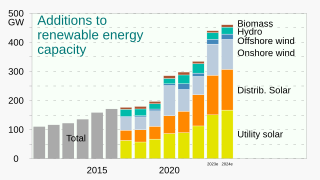
Renewable energy is useful energy that is collected from renewable resources, which are naturally replenished on a human timescale, including carbon neutral sources like sunlight, wind, rain, tides, waves, and geothermal heat. This type of energy source stands in contrast to fossil fuels, which are being used far more quickly than they are being replenished. Although most renewable energy is sustainable energy, some is not, for example some biomass is unsustainable.
Distributed generation, also distributed energy, on-site generation (OSG), or district/decentralized energy, is electrical generation and storage performed by a variety of small, grid-connected or distribution system-connected devices referred to as distributed energy resources (DER).

Photovoltaics (PV) is the conversion of light into electricity using semiconducting materials that exhibit the photovoltaic effect, a phenomenon studied in physics, photochemistry, and electrochemistry. The photovoltaic effect is commercially utilized for electricity generation and as photosensors.
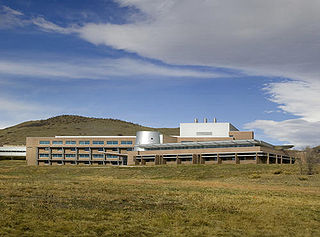
The National Renewable Energy Laboratory (NREL) specializes in the research and development of renewable energy, energy efficiency, energy systems integration, and sustainable transportation. NREL is a federally funded research and development center sponsored by the Department of Energy and operated by the Alliance for Sustainable Energy, a joint venture between MRIGlobal and Battelle. Located in Golden, Colorado, NREL is home to the National Center for Photovoltaics, the National Bioenergy Center, and the National Wind Technology Center.

Martin Andrew Green is an Australian engineer and professor at the University of New South Wales who works on solar energy. He was awarded the 2021 Japan Prize for his achievements in the "Development of High-Efficiency Silicon Photovoltaic Devices". He is editor-in-chief of the academic journal Progress in Photovoltaics.

Many countries and territories have installed significant solar power capacity into their electrical grids to supplement or provide an alternative to conventional energy sources. Solar power plants use one of two technologies:
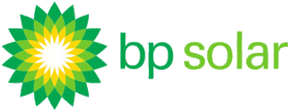
BP Solar was a manufacturer and installer of photovoltaic solar cells headquartered in Madrid, Spain, with production facilities in Frederick, MD, India and the People's Republic of China. It was a subsidiary of BP.

Spain is one of the first countries to deploy large-scale solar photovoltaics, and as of 2018, is the first country for concentrated solar power (CSP) in the world.

Renewable energy commercialization involves the deployment of three generations of renewable energy technologies dating back more than 100 years. First-generation technologies, which are already mature and economically competitive, include biomass, hydroelectricity, geothermal power and heat. Second-generation technologies are market-ready and are being deployed at the present time; they include solar heating, photovoltaics, wind power, solar thermal power stations, and modern forms of bioenergy. Third-generation technologies require continued R&D efforts in order to make large contributions on a global scale and include advanced biomass gasification, hot-dry-rock geothermal power, and ocean energy. As of 2012, renewable energy accounts for about half of new nameplate electrical capacity installed and costs are continuing to fall.
For solar power, South Asia has the ideal combination of both high solar insolation and a high density of potential customers.

Solar power is the conversion of energy from sunlight into electricity, either directly using photovoltaics (PV), indirectly using concentrated solar power, or a combination. Concentrated solar power systems use lenses or mirrors and solar tracking systems to focus a large area of sunlight into a small beam. Photovoltaic cells convert light into an electric current using the photovoltaic effect.
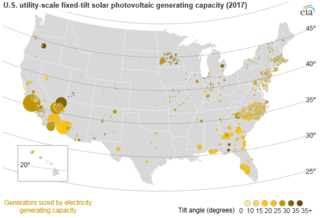
Solar power in the United States includes utility-scale solar power plants as well as local distributed generation, mostly from rooftop photovoltaics. As of the end of 2020, the United States had 97,275 megawatts (MW) of installed photovoltaic and concentrated solar power capacity combined. In 2018, utility scale solar power generated 66.6 terawatt-hours (TWh), 1.66% of total U.S. electricity. During the same time period total solar generation, including estimated small scale photovoltaic generation, was 96.1 TWh, 2.30% of total U.S. electricity. In terms of total cumulative installed capacity, by year end 2017 the United States ranked 2nd in the world behind China. In 2016, 39% of all new electricity generation capacity in the country came from solar, more than any other source and ahead of natural gas (29%). By 2015, solar employment had overtaken oil and gas as well as coal employment in the United States. In 2016, more than 260,000 Americans were employed in the solar industry.

A photovoltaic system, also PV system or solar power system, is a power system designed to supply usable solar power by means of photovoltaics. It consists of an arrangement of several components, including solar panels to absorb and convert sunlight into electricity, a solar inverter to convert the output from direct to alternating current, as well as mounting, cabling, and other electrical accessories to set up a working system. It may also use a solar tracking system to improve the system's overall performance and include an integrated battery solution, as prices for storage devices are expected to decline. Strictly speaking, a solar array only encompasses the ensemble of solar panels, the visible part of the PV system, and does not include all the other hardware, often summarized as balance of system (BOS). As PV systems convert light directly into electricity, they are not to be confused with other solar technologies, such as concentrated solar power or solar thermal, used for heating and cooling.
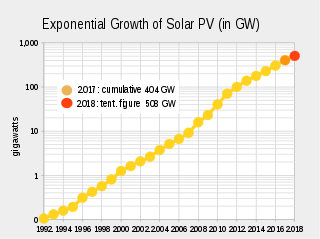
Worldwide growth of photovoltaics has been close to exponential between 1992 and 2018. During this period of time, photovoltaics (PV), also known as solar PV, evolved from a niche market of small-scale applications to a mainstream electricity source.
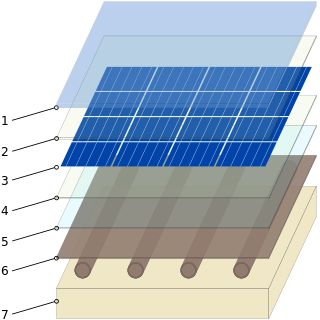
Photovoltaic thermal collectors, typically abbreviated as PVT collectors and also known as hybrid solar collectors, photovoltaic thermal solar collectors, PV/T collectors or solar cogeneration systems, are power generation technologies that convert solar radiation into usable thermal and electrical energy. PVT collectors combine photovoltaic solar cells, which convert sunlight into electricity, with a solar thermal collector, which transfers the otherwise unused waste heat from the PV module to a heat transfer fluid. By combining electricity and heat generation within the same component, these technologies can reach a higher overall efficiency than solar photovoltaic (PV) or solar thermal (T) alone.

During the first decade of the new Millennium Italy was the third country after Germany and Spain to experience an unprecedented boom in solar installations after actively promoting solar power through government incentives. In July 2005 the country launched its first "Conto Energia" programme supporting the development of renewable power. Growth in solar installations picked up immediately but it was the years 2009-2013 that saw a boom in installed photovoltaic (PV) nameplate capacity, increasing nearly 15-fold, and 2012's year-end capacity of over 16 GW ranked second in the world after Germany, ahead of the other leading contenders, China, Japan and the United States at that time.

A photovoltaic power station, also known as a solar park, solar farm, or solar power plant is a large-scale photovoltaic system designed for the supply of merchant power into the electricity grid. They are differentiated from most building-mounted and other decentralised solar power applications because they supply power at the utility level, rather than to a local user or users. The generic expression utility-scale solar is sometimes used to describe this type of project.

Solar power in Mexico has the potential to produce vast amounts of energy. 70% of the country has an insolation of greater than 4.5 kWh/m2/day. Using 15% efficient photovoltaics, a square 25 km (16 mi) on each side in the state of Chihuahua or the Sonoran Desert could supply all of Mexico's electricity.
Wiki-Solar is an information resource about large scale photovoltaic power stations around the world.
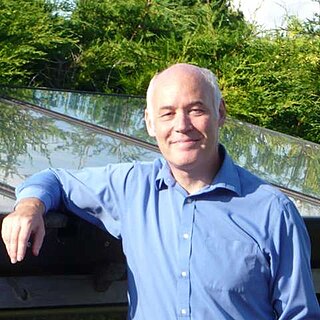
Philip Rowland Wolfe MBE is one of the pioneers of the British renewable energy sector.
















